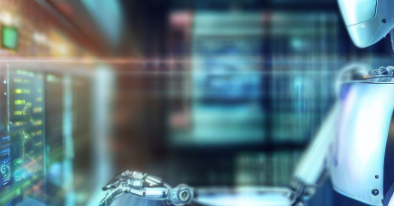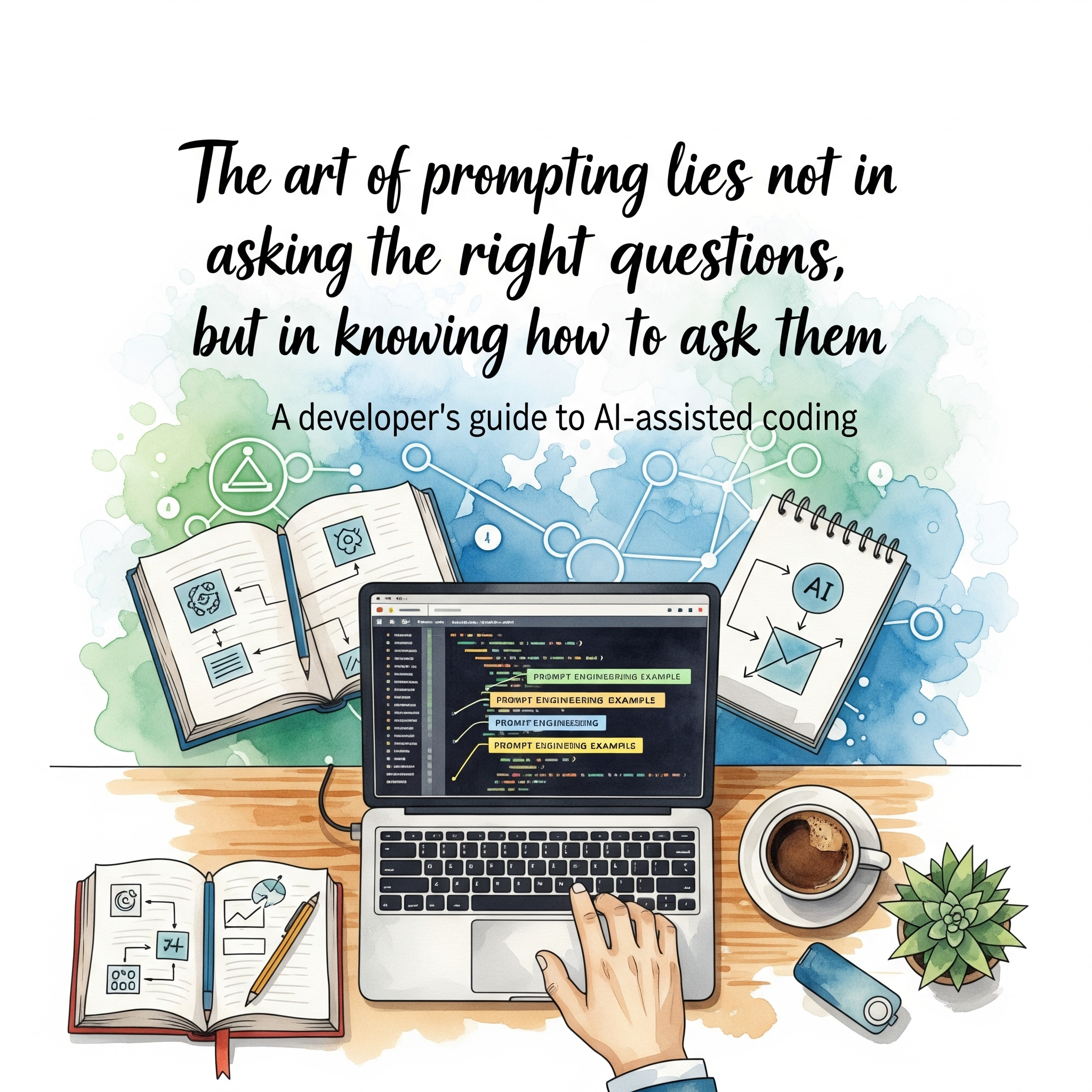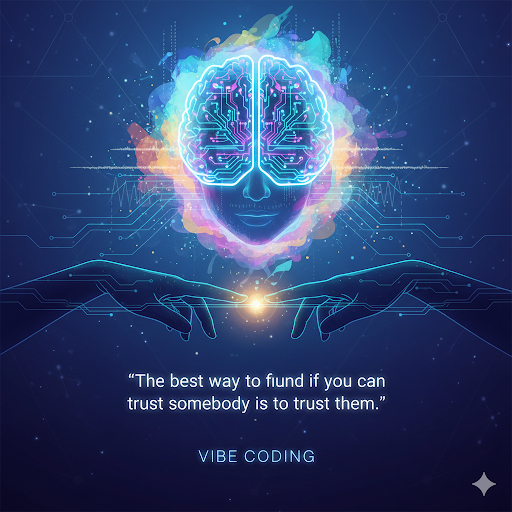“The future of AI Engineering is not just about building models, but creating sustainable, scalable, and reliable AI systems that integrate seamlessly into production environments.” — Latest industry observations
Executive Summary
August 2025 marks a pivotal moment in AI Engineering where the focus has shifted from pure model performance to production-ready AI systems. This comprehensive update covers the latest developments in AI/ML frameworks, infrastructure, tools, and best practices that are shaping the field.
AI/ML Framework Updates
Hugging Face Ecosystem Evolution
The Hugging Face ecosystem continues to dominate the AI Engineering landscape with several significant updates:
Transformers 4.45.0 Release:
- Enhanced multi-modal support with improved vision-language model integration
- Optimized memory usage for large language models (30-50% reduction in VRAM requirements)
- Native support for distributed inference across multiple GPUs
- Improved tokenization for 50+ new languages
Datasets 2.25.0 Updates:
- Streaming dataset support for datasets exceeding 1TB
- Built-in data validation and quality checks
- Enhanced Arrow format integration for faster loading times
- New synthetic data generation capabilities
PyTorch Lightning 2.4 Innovations
Key Features:
- Automatic Mixed Precision 2.0 with dynamic loss scaling
- Enhanced distributed training with improved fault tolerance
- Native integration with Kubernetes for scalable training
- Advanced profiling tools for memory and compute optimization
# Example: Enhanced distributed training setup
import lightning as L
from lightning.pytorch.strategies import DDPStrategy
class AIModel(L.LightningModule):
def __init__(self):
super().__init__()
self.model = TransformerModel()
def configure_optimizers(self):
return torch.optim.AdamW(
self.parameters(),
lr=1e-4,
weight_decay=0.01
)
trainer = L.Trainer(
accelerator="gpu",
devices=8,
strategy=DDPStrategy(find_unused_parameters=False),
precision="16-mixed"
)
Large Language Model Applications
Advanced Reasoning Capabilities
Chain-of-Thought (CoT) Evolution:
- Multi-step reasoning with verification mechanisms
- Self-correction capabilities in complex problem-solving
- Integration with external knowledge bases for fact-checking
Tool Integration Patterns:
- Standardized function calling interfaces across major providers
- Enhanced context management for multi-turn conversations
- Improved error handling and recovery mechanisms
Vision-Language Model Advancements
GPT-4V and Beyond:
- Document understanding with layout analysis
- Real-time video stream processing
- Multi-modal code generation from visual inputs
- Enhanced accessibility features for vision-impaired users
# Example: Multi-modal document processing
from openai import OpenAI
client = OpenAI()
response = client.chat.completions.create(
model="gpt-4-vision-preview",
messages=[
{
"role": "user",
"content": [
{"type": "text", "text": "Analyze this technical diagram and generate corresponding code"},
{"type": "image_url", "image_url": {"url": "data:image/jpeg;base64,..."}}
]
}
],
max_tokens=2000
)
Text-Based Gaming AI
Interactive Entertainment Evolution:
- Narrative-driven game development with AI-generated storylines
- Dynamic character behavior adaptation based on player interactions
- Real-time world-building capabilities
- Enhanced natural language processing for game commands
MLOps Infrastructure Developments
AI Sheets: Revolutionary Data Manipulation
Key Features:
- Natural language queries for complex dataset operations
- Automatic data quality assessment and cleaning suggestions
- Integration with popular data science workflows
- Support for billion-row datasets with sub-second query times
Use Cases:
- Exploratory data analysis without SQL knowledge
- Rapid prototyping of data transformations
- Collaborative data analysis for non-technical stakeholders
Enhanced Monitoring and Observability
Model Performance Tracking:
- Real-time drift detection with automated alerts
- Explainability dashboards for production models
- A/B testing frameworks for model comparison
- Cost optimization recommendations for inference workloads
Infrastructure Monitoring:
- GPU utilization optimization algorithms
- Automatic scaling based on inference demand
- Multi-cloud deployment strategies
- Edge computing integration for low-latency applications
Container Orchestration for AI Workloads
Kubernetes AI Operators:
- Native support for distributed training jobs
- Automatic resource allocation based on model requirements
- Integration with major cloud providers’ AI services
- Support for hybrid on-premises and cloud deployments
# Example: Kubernetes AI training job
apiVersion: kubeflow.org/v1
kind: PyTorchJob
metadata:
name: ai-training-job
spec:
pytorchReplicaSpecs:
Master:
replicas: 1
template:
spec:
containers:
- name: pytorch
image: pytorch/pytorch:2.4.0-cuda12.4-cudnn9-devel
resources:
limits:
nvidia.com/gpu: 4
memory: 64Gi
requests:
nvidia.com/gpu: 4
memory: 32Gi
Enterprise AI Adoption Trends
Production-Ready Focus
Key Indicators:
- 70% of enterprises now prioritize AI reliability over cutting-edge features
- Increased investment in AI governance and compliance frameworks
- Growing demand for explainable AI in regulated industries
- Emphasis on cost-effective AI solutions with measurable ROI
Security and Compliance
Enhanced Security Measures:
- Advanced prompt injection prevention techniques
- Model watermarking for intellectual property protection
- Privacy-preserving machine learning implementations
- Comprehensive audit trails for AI decision-making processes
Integration Patterns
API-First Approach:
- Standardized REST APIs for AI service integration
- GraphQL support for complex data retrieval scenarios
- WebSocket implementations for real-time AI interactions
- Microservices architecture for scalable AI deployments
Developer Tools and Productivity
AI-Powered Code Generation
Enhanced Capabilities:
- Full application scaffolding from natural language descriptions
- Automatic test generation with high coverage rates
- Code review assistance with security vulnerability detection
- Documentation generation synchronized with code changes
Debugging and Optimization Tools
Advanced Profiling:
- Memory leak detection in ML training pipelines
- Performance bottleneck identification in inference workflows
- Automatic hyperparameter tuning with Bayesian optimization
- Cost analysis tools for cloud-based AI deployments
# Example: Automatic hyperparameter optimization
from optuna import create_study
from optuna.integration import MLflowCallback
def objective(trial):
lr = trial.suggest_float('lr', 1e-5, 1e-1, log=True)
batch_size = trial.suggest_categorical('batch_size', [16, 32, 64, 128])
model = create_model(lr=lr, batch_size=batch_size)
accuracy = train_and_evaluate(model)
return accuracy
mlflow_callback = MLflowCallback(
tracking_uri="http://localhost:5000",
metric_name="accuracy"
)
study = create_study(
direction="maximize",
callbacks=[mlflow_callback]
)
study.optimize(objective, n_trials=100)
Emerging Technologies and Research
Multimodal Foundation Models
Breakthrough Developments:
- Unified architectures processing text, images, audio, and video
- Cross-modal reasoning capabilities
- Reduced training requirements through transfer learning
- Real-time multimodal interaction interfaces
Neural Architecture Search (NAS)
Automated Model Design:
- Evolutionary algorithms for architecture optimization
- Hardware-aware architecture search for edge deployment
- Transfer NAS for domain-specific applications
- Energy-efficient model architectures
Federated Learning Advancements
Distributed AI Training:
- Improved privacy preservation techniques
- Cross-silo federated learning for enterprise applications
- Blockchain integration for trustless federated networks
- Mobile device participation in federated learning networks
Best Practices and Recommendations
AI Engineering Principles
- Reliability First: Prioritize system stability over experimental features
- Observability: Implement comprehensive monitoring from day one
- Scalability: Design for growth with modular architectures
- Security: Integrate security considerations throughout the development lifecycle
- Ethics: Establish clear guidelines for responsible AI development
Technology Stack Recommendations
For Startups:
- Hugging Face Transformers + FastAPI for rapid prototyping
- Docker + Kubernetes for scalable deployments
- MLflow for experiment tracking
- Prometheus + Grafana for monitoring
For Enterprises:
- Multi-cloud strategy with vendor-agnostic tools
- Comprehensive MLOps pipelines with automated testing
- Enterprise-grade security and compliance frameworks
- Cost optimization through efficient resource management
Parameter-Efficient Fine-Tuning (PEFT)
Latest Techniques:
- LoRA (Low-Rank Adaptation) improvements with dynamic rank selection
- AdaLoRA for adaptive parameter allocation
- QLoRA for quantized fine-tuning with 4-bit precision
- Prefix tuning optimizations for specific task domains
# Example: Efficient fine-tuning with LoRA
from peft import LoraConfig, get_peft_model
from transformers import AutoModelForCausalLM
base_model = AutoModelForCausalLM.from_pretrained("meta-llama/Llama-2-7b-hf")
lora_config = LoraConfig(
r=16,
lora_alpha=32,
target_modules=["q_proj", "v_proj"],
lora_dropout=0.1,
bias="none",
task_type="CAUSAL_LM"
)
model = get_peft_model(base_model, lora_config)
Multi-Agent Systems
Coordination Patterns:
- Hierarchical agent structures for complex task decomposition
- Communication protocols between specialized agents
- Consensus mechanisms for distributed decision-making
- Resource sharing strategies in multi-agent environments
Challenges and Solutions
Technical Challenges
Scalability Issues:
- Solution: Implementing distributed inference with load balancing
- Approach: Microservices architecture with auto-scaling capabilities
Model Drift:
- Solution: Continuous monitoring with automated retraining pipelines
- Approach: Statistical tests for performance degradation detection
Resource Optimization:
- Solution: Dynamic resource allocation based on workload patterns
- Approach: Machine learning-driven capacity planning
Business Challenges
ROI Measurement:
- Solution: Comprehensive metrics framework for AI value assessment
- Approach: Business impact tracking with clear KPIs
Talent Shortage:
- Solution: Automated AI tools reducing manual intervention requirements
- Approach: Low-code/no-code AI platforms for non-technical users
Future Outlook
Short-term Predictions (6-12 months)
- Increased adoption of multimodal AI applications in enterprise settings
- Standardization of AI ethics frameworks across major platforms
- Enhanced integration between AI tools and traditional software development workflows
- Significant improvements in model inference speed and cost efficiency
Long-term Vision (2-3 years)
- AI-first application development becoming the industry standard
- Seamless integration of AI capabilities into every software product
- Emergence of specialized AI hardware for edge computing
- Autonomous AI systems capable of self-optimization and maintenance
Conclusion
August 2025 represents a maturation point in AI Engineering where the focus has shifted from experimental research to production-ready implementations. The emphasis on reliability, scalability, and practical applications indicates a healthy evolution of the field.
Key takeaways for AI Engineers:
- Production Readiness: Prioritize reliability and monitoring over experimental features
- Integration Focus: Build AI systems that integrate seamlessly with existing infrastructure
- Cost Optimization: Implement efficient resource management strategies
- Continuous Learning: Stay updated with rapidly evolving tools and frameworks
- Ethical Considerations: Embed responsible AI practices throughout development workflows
The future of AI Engineering lies in creating sustainable, scalable, and reliable systems that deliver measurable business value while maintaining ethical standards and user trust.
Resources and Further Reading
- Hugging Face Documentation
- PyTorch Lightning Documentation
- MLOps Community
- AI Engineering Best Practices
- Responsible AI Guidelines
This article represents a comprehensive overview of AI Engineering developments as of August 2025. The field continues to evolve rapidly, and practitioners should stay engaged with the community for the latest updates.

 Claude Code: Prompt Engineering for Vibe Coding
Claude Code: Prompt Engineering for Vibe Coding
Click to load Disqus comments